The Kumbh Mela, one of the largest religious gatherings in the world, is a profound expression of Hindu spirituality, tradition, and culture. Rooted in ancient rituals and beliefs, the Kumbh Mela is a sacred pilgrimage that draws millions of devotees…
Kumbh Mela
- Kumbh Mela is a major pilgrimage and festival in Hinduism.
It is celebrated approximately every 12 years at four river-bank pilgrimage sites in India: Prayagraj, Haridwar, Nashik, and Ujjain. - The festival involves a ritual dip in the sacred waters of these rivers.
- It is believed that bathing during Kumbh Mela cleanses sins and bestows blessings.
- Kumbh Mela is one of the largest peaceful gatherings in the world, attracting millions of pilgrims.
- Along with bathing rituals, the festival features cultural events, spiritual discourses, and mass gatherings of monks.
- The origins of Kumbh Mela are rooted in Hindu mythology, particularly the legend of Samudra Manthana.
- It has been inscribed on UNESCO’s Representative List of Intangible Cultural Heritage of Humanity.
- The timing of Kumbh Mela is determined by astrological positions and Hindu cosmology.
- The festival is not only a religious event but also embodies unity, tradition, and cultural heritage.
Kumbh Mela stands as one of the most iconic and spiritually significant gatherings in Hinduism, drawing millions of devotees from across the globe to participate in its sacred rituals and festivities. Rooted in ancient Hindu mythology, particularly the legend of Samudra Manthana, this colossal event symbolizes the eternal struggle between good and evil, with its origins believed to date back to times immemorial. Held at four different river-bank pilgrimage sites – Prayagraj, Haridwar, Nashik, and Ujjain – Kumbh Mela follows a cycle of approximately 12 years, corresponding to the completion of Jupiter’s revolution, as per Hindu cosmology.
At the heart of Kumbh Mela lies the ritualistic dip in the holy waters, believed to cleanse devotees of their sins and bestow blessings upon them. However, beyond its religious significance, the festival serves as a vibrant platform for spiritual discourse, philosophical discussions, and cultural exchange. Monks, saints, and spiritual leaders congregate to impart wisdom, while countless devotees engage in acts of charity, seek enlightenment, and partake in various religious ceremonies. The atmosphere buzzes with a sense of camaraderie, as pilgrims from diverse backgrounds come together to celebrate their faith and heritage.
Over the centuries, Kumbh Mela has evolved into a multifaceted event, blending tradition with modernity, attracting not just devout Hindus but also scholars, tourists, and curious onlookers from around the world. Its magnitude and grandeur have earned it a place as one of the largest peaceful gatherings on the planet, recognized by UNESCO as intangible cultural heritage. As it continues to endure and thrive through the ages, Kumbh Mela remains a testament to the enduring spiritual legacy of Hinduism and the unifying power of faith.
Places to Visit during Prayagraj Kumbh Mela
The Kumbh Mela is one of the most religious Hindu events. In 2025, devotees from different parts of the world will converge at Prayagraj, to partake in the Kumbh Mela. During this sacred event, devotees from different corners of the world take…
Prayagraj Maha Kumbh Mela 2025 Dates
The biggest gathering of Hindus, the Kumbh Mela will be held in Prayagraj, bringing together millions of devotees in 2025. Over the last 12 years, the Kumbh Mela has been organized in four Indian cities namely Haridwar, Prayagraj, Nashik, and…
Popular Ghats in Prayagraj
The glory of these ghats of Prayagraj is boundless; redemption comes with a single dip. Apart from Triveni Ghat, built at the confluence of the Ganges, Yamuna, and Saraswati rivers, there are dozens of other ghats here where devotees from…
History of Kumbh Mela
The Kumbh Mela stands as one of the most awe-inspiring religious gatherings on the planet, drawing millions of pilgrims from across India and around the world. Its roots delve deep into the annals of ancient Indian civilization, intertwining with religious,…
Prayagraj Kumbh Mela
The Kumbh Mela is the largest public gathering in the world. This congregation includes Sadhus, Sadhvis, Kalpvasis Ascetics, Saints, and Pilgrims from different parts of the world. This religious gathering is held at these four sacred places: Prayagraj, Haridwar, Nashik,…

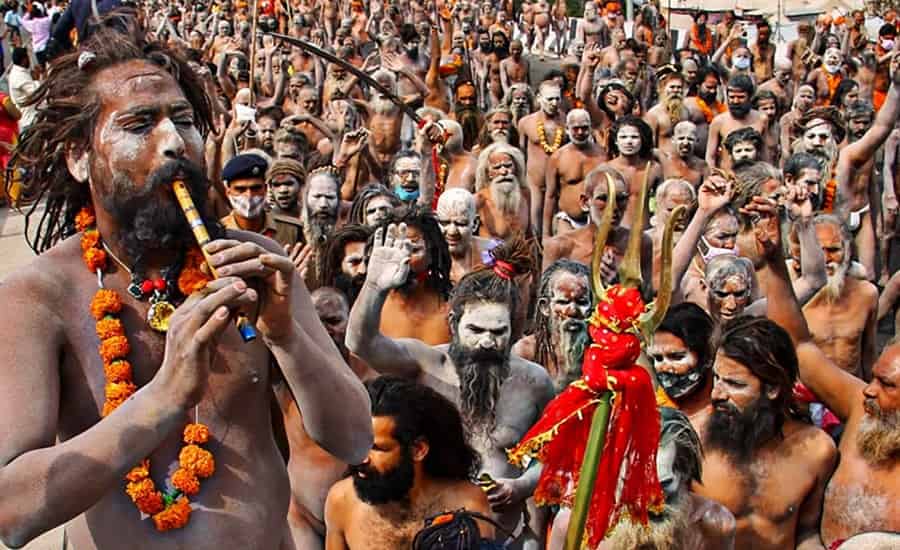
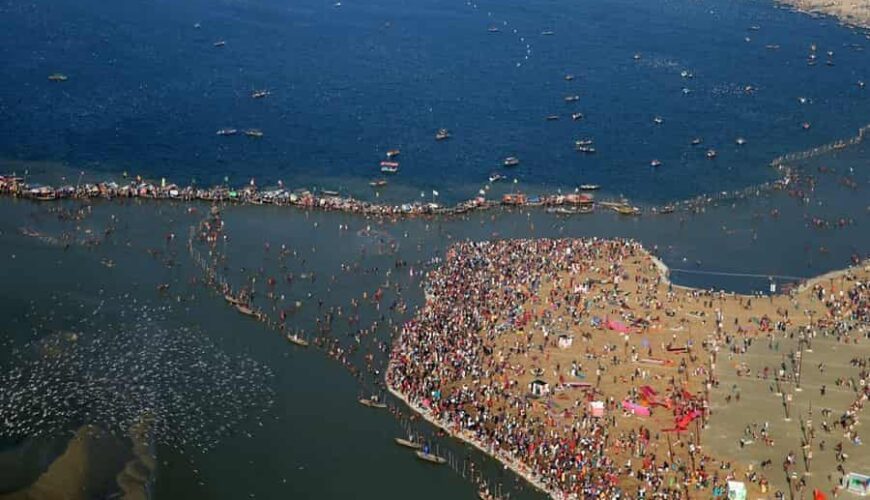
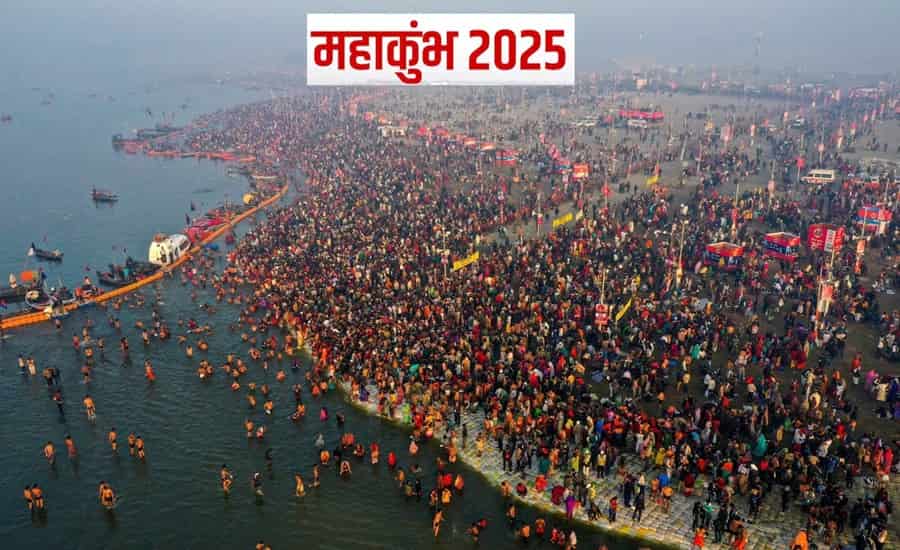
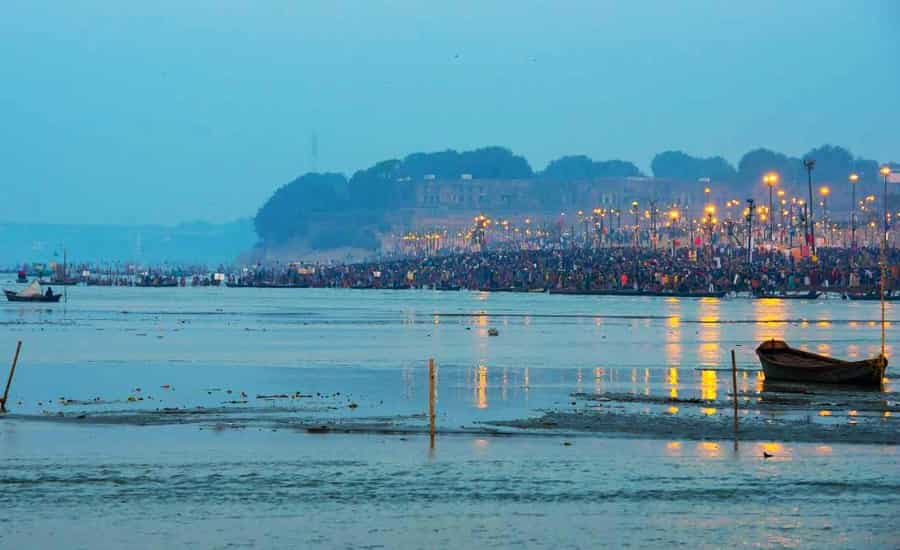
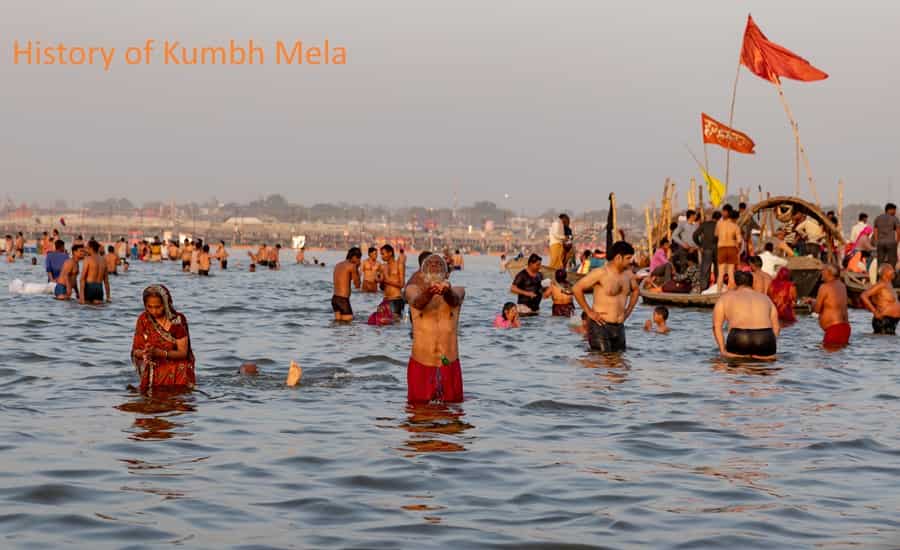
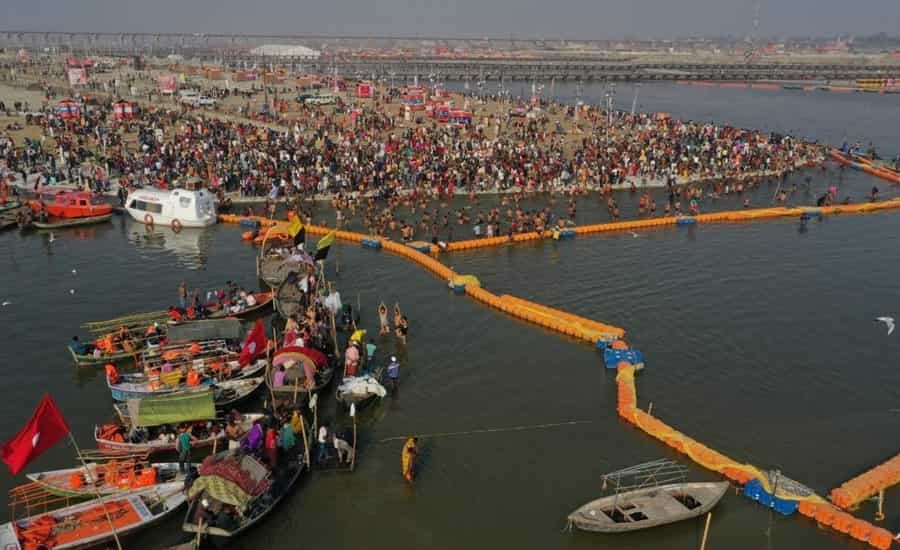
 Call
Call WhatsApp
WhatsApp Enquiry
Enquiry